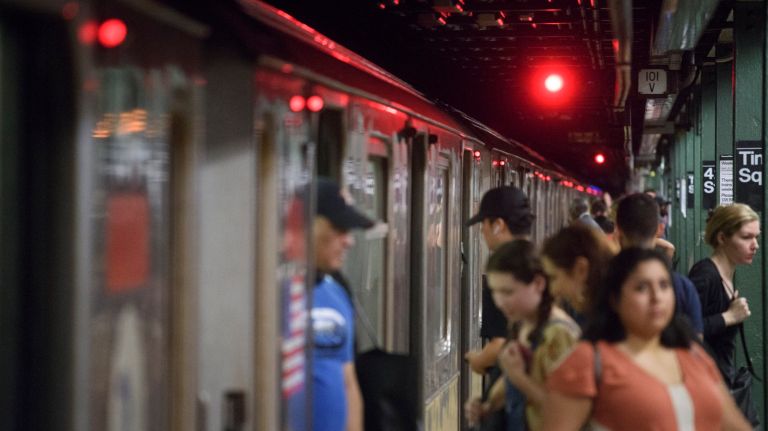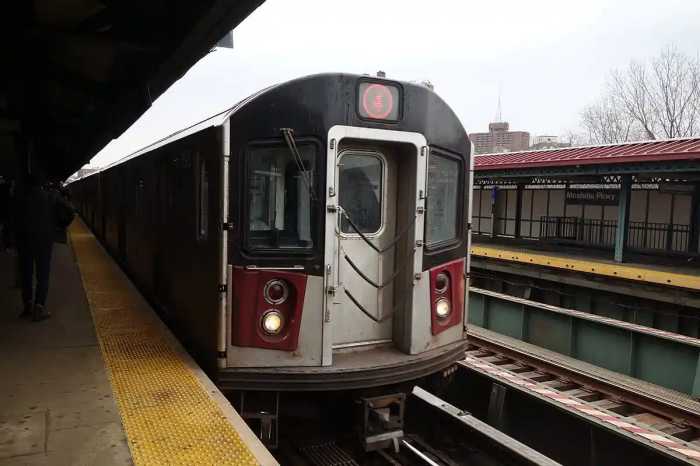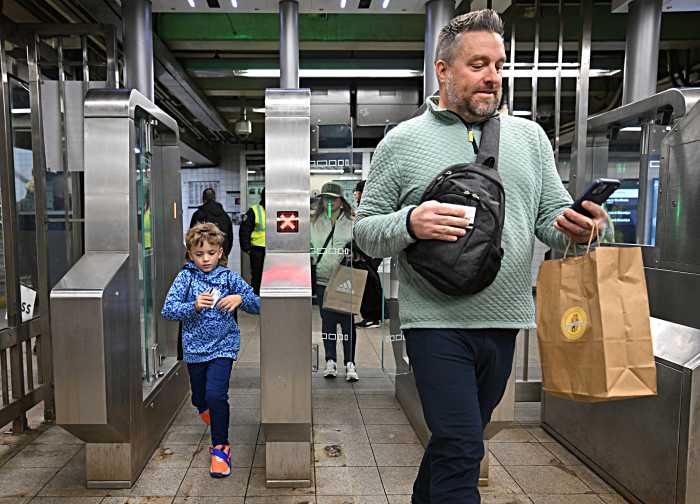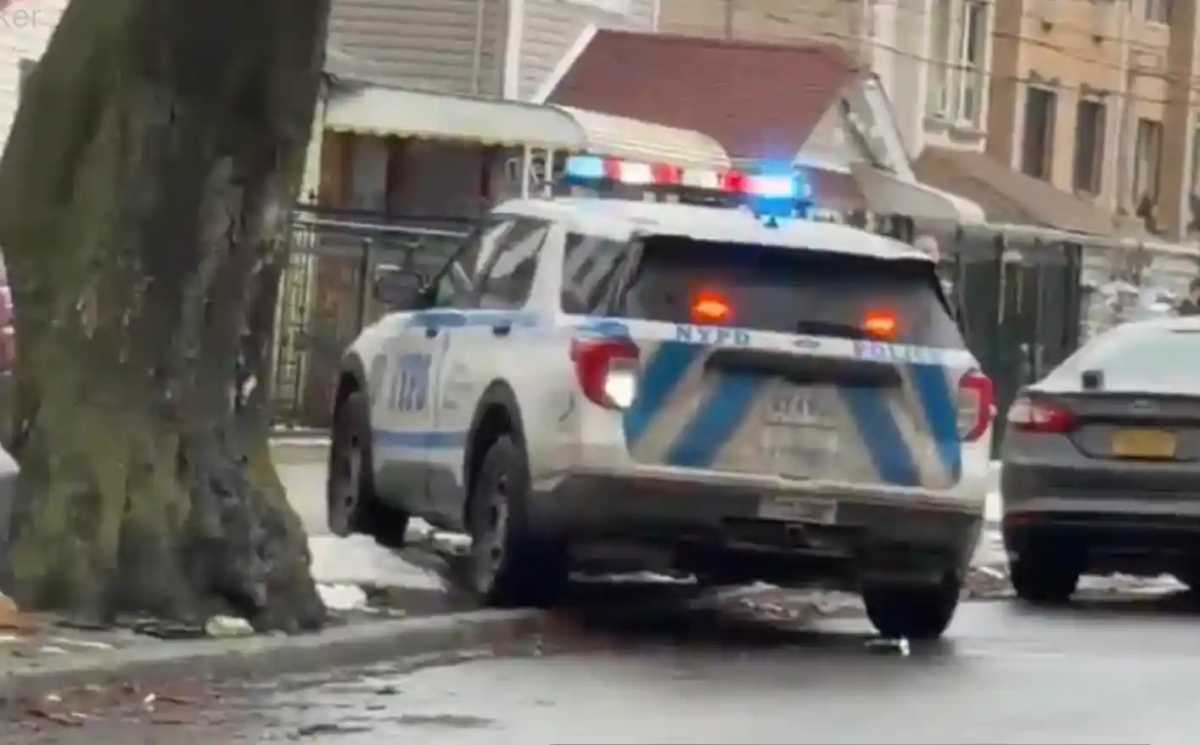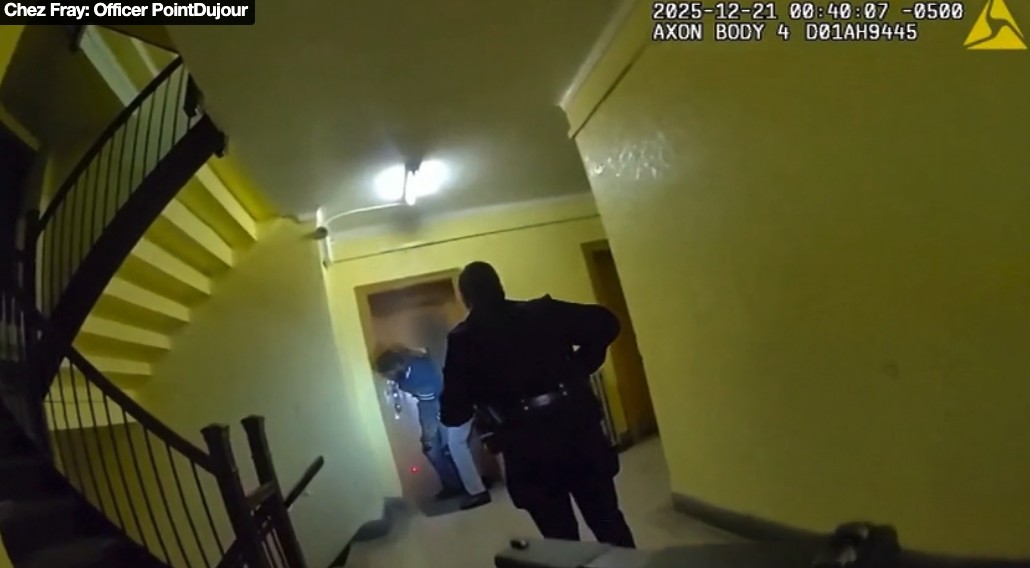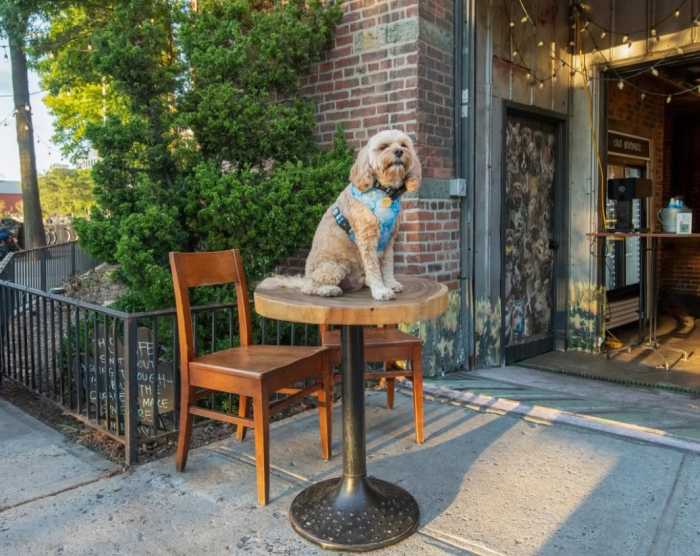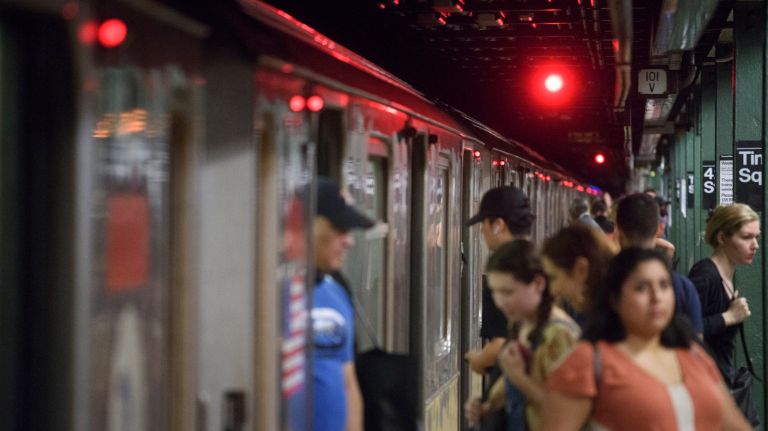
The MTA on Tuesday touted four straight months of improved subway service, with on-time levels reaching their highest point in years.
While still struggling with reliability and continuing ridership declines, the MTA’s head of subways, Sally Librera, credited the nascent improvement in part to a new “SPEED team,” assembled last summer to focus on quickening trains by addressing unnecessary speed-limit restrictions and faulty signal timers that were artificially slowing service.
“As we’ve consistently said, we know we have more to do, but we are making significant progress and these statistics reflect that progress,” Librera said Tuesday at an MTA board committee meeting.
Those stats include hitting an MTA goal of reducing delays each month by 10,000; there were 45,418 weekday delays in December, compared with 61,441 during the same month in 2017. Weekday on-time performance across the subway system, which measures the share of trains that reach their terminal within five minutes of their schedule, increased to 72.6 percent last month — the best figure for weekdays in more than four years.
Since focusing on train speeds, the MTA has identified 68 locations across the system where speed limits could be as much as doubled, or eliminated completely. The authority has also found 320 inaccurate signal timers — totaling about 16 percent of all its subway signal timers — that have been unreliably enforcing those speeds. The faulty equipment has created a culture of distrust among train operators that has led to slower service, workers and the MTA have said.
So far, the MTA has recalibrated 59 of those signal timers and implemented 24 of the identified speed-limit changes. Librera and MTA officials have also credited the Subway Action Plan as another factor in stabilizing service. The plan focuses on maintenance of tracks, signals and train cars and was the subject of an intense funding battle between Gov. Andrew Cuomo and Mayor Bill de Blasio.
Lisa Daglian, the executive director of the Permanent Citizens Advisory Committee to the MTA, believes the trends are stemming from a confluence of management- and service-related initiatives under NYC Transit President Andy Byford, who has headed the agency for a year. But she noted that there was still a long way to go for service to reach a high quality.
“We’re finally beginning to see real tangible results of what [Byford’s] been talking about in terms of looking at root causes of delays — signals, track speeds and, in some cases, things that can be affected by human behavior, which are still a large part of where the delays are,” said Daglian.
“Is [service] perfect? Absolutely not,” she said. “It’s a work in progress, but it’s better than it was and that’s a great first step.”
The data are revealed as the MTA plans to carry out another biennial fare and toll hike in March — against the wishes of riders and some advocacy groups — and with ridership continuing a steady decline. Average weekday subway ridership fell from 5.698 million in November 2017 to 5.555 million in November 2018, a drop of 143,000 riders.
Weekend service was also hit, with a loss of 122,000 riders on a given weekend day when comparing the same two months. The MTA has blamed a variety of factors for the decreasing ridership, including the rise of e-hail services like Uber and Lyft and an uptick in fare evasion. Advocates have argued that failing service has been the first and foremost reason riders are ditching the trains.
Daglian added that the MTA’s weekend work, geared toward bettering service, has played a role, too. Planned track work was the cause of 42.7 percent of weekend delays in December, disrupting service for a total of 5,354 trains.
“There’s a lot of work that’s happening on weekends and overnights and that impacts people’s decisions on whether they’ll ride,” she said.



